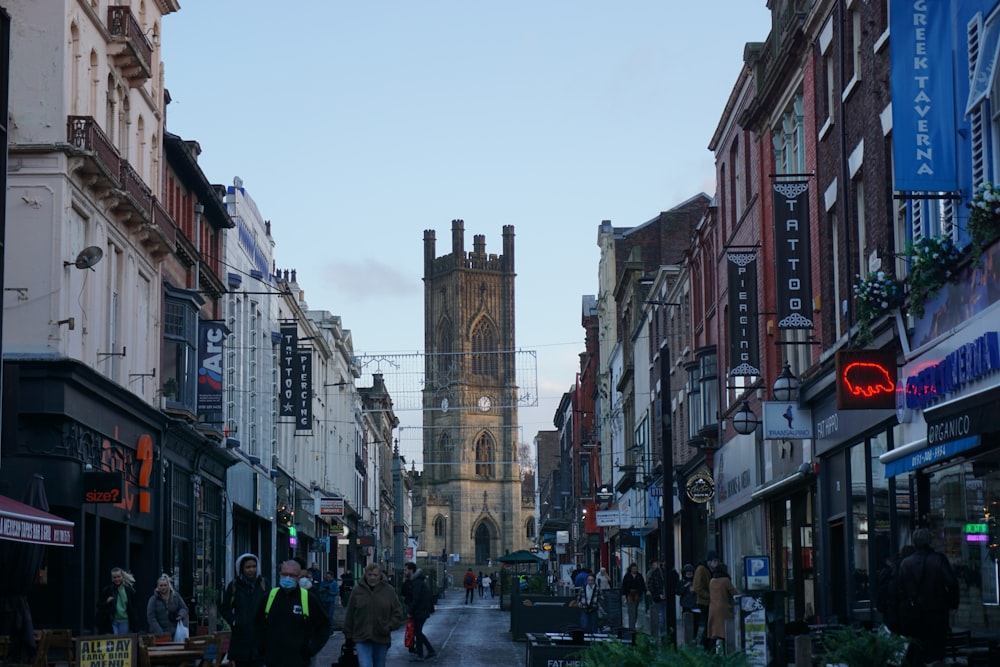UK PMIs Point To Modest Omicron Economic Hit
A more modest fall in the PMIs relative to past COVID waves hints that the cumulative hit to UK monthly GDP from Omicron will be less than 1%. This latest survey also hints at renewed service-sector cost pressure, and that reinforces our view that the Bank of England will hike rates again in February.
Omicron's damage set to be less than 1% of GDP
January’s UK purchasing managers indices (PMIs) are the latest sign that Omicron’s economic impact has been relatively mild. The fall in the services index, which now stands at 53.3 compared to 58/59 last autumn, is more modest than we’ve seen in past COVID-19 waves. And importantly, the Markit/CIPS press release points towards a rebound in new business since the start of the year, linked to reduced consumer COVID caution after Christmas.
We’ve started to see hints of that in other data, including social credit/debit card spending, which isn’t too far off levels seen at the same point in January 2020.
Admittedly the usual health warning applies, in that the PMIs haven’t been a particularly accurate predictor of GDP growth through the pandemic given the volatile nature of economic activity. But taken with other indicators, we think the cumulative hit to monthly GDP across December and January is likely to be less than 1%.
That’s especially true when you consider that health spending, which feeds into GDP, will have been lifted yet further by the renewed booster vaccine and lateral flow testing push around Christmas.
Pressure on services costs will catch the Bank of England's eye
But it’s the news on inflation that is more likely to catch the eye of Bank of England policymakers. Input and output costs were rising at near-record rates in the services sector, linked partly to higher wages. Governor Andrew Bailey spoke in detail about the tightness in the jobs market at his recent select committee appearance, and a February rate rise is now our base case.
But there are also signs that one major source of inflationary pressure – supply chain disruption – may be past its worst. Like we saw in the eurozone, the latest PMIs point to better material availability and reduced strain on input costs.
That supports our view that headline inflation will begin to decelerate from April, which is the point at which the rise in household energy costs will feed through. Many supply-hit goods, from used cars to furniture, started seeing steeper price rises last spring. Assuming this rapid pace isn’t repeated over the next few months, then headline inflation should drift lower – albeit staying above 4% for all of 2022.
Disclaimer: This publication has been prepared by ING solely for information purposes irrespective of a particular user's means, financial situation or investment objectives. The information ...
more



